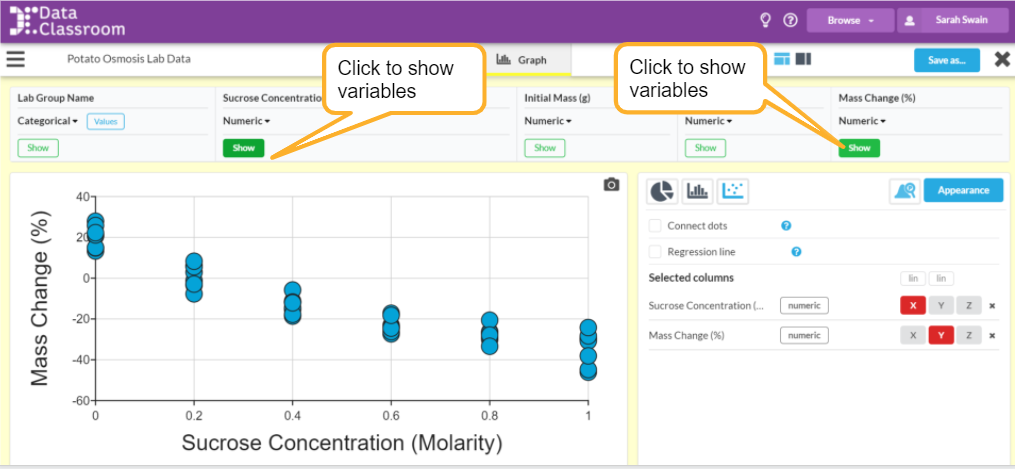Creating data analysis activities can be difficult and time-consuming. It’s even harder to make data analysis activities that are fun and engaging. Many students struggle to see how numbers can actually be interesting.
The good news? There are lots of free data analysis activities online that you can adapt for your classroom. These activities are designed to be engaging and interactive. They use real data that can teach students about current issues in the world.
While there are many online resources for data analysis activities, two of my favorites are Data Nuggets and Data Classroom.
1. Data Nuggets
Data Nuggets is a website with classroom activities that are designed by a combination of scientists and teachers. This makes them both highly accurate and classroom-friendly. The data analysis activities use real-world research topics and are written with four student level choices: elementary, middle, high school, or college. Each graphing activity has three different levels of difficulty, so you can select the level appropriate for your students.
In addition to providing activities on different student levels, Data Nuggets also provides an engaging story with each dataset. For each data analysis activity, the website tells the story of the research project involved and how the scientists collected the data.
Finally, for each activity, there is a key to confirm the expected answers and to use when grading. You can also request downloadable teacher’s guides to plan your presentation of the activities. These guides contain background notes, class discussion prompts, and other helpful tips.
With such a comprehensive list of free materials, Data Nuggets may have everything you need when it comes to data analysis activities!
2. DataClassroom

DataClassroom is another great resource for data analysis activities! Like Data Nuggets, DataClassroom offers datasets with engaging background stories. It also provides data analysis activities where the students collect their own data through interactive experiments or other fun activities.
But the real value in DataClassroom is the online graphing tool. DataClassroom creates engaging graphs and visuals from the datasets you input, making it easy to show students how to interpret the data they collect. Students can play around with the graphs and create different visualizations based on the same dataset.
Whereas Data Nuggets divides its data analysis activities into four levels, DataClassroom lists the grade level for each activity. When you search for an activity, you can filter the pre-loaded data sets and activities by subject and grade level. Although there are currently no activities for elementary students, they continuously add new materials to the pre-loaded library of data sets. You can also modify many of the activities for elementary students, and share what you have created!
The resources in Data Nuggets are free, and the activities and graphing tool in DataClassroom are always free. DataClassroom also has licensed features you can sample with a 90-day free trial. There are several paid plans if you want access to more graphing tools, integration with Google Classroom, and the ability to view student work. Click here to view the different pricing plans.
Which tool is best for you?
Although Data Nuggets and DataClassroom both provide data analysis activities, they have different functions. Data Nuggets introduces students to IRL research, scientists, and data analysis within the context of an ongoing project. DataClassroom’s strength is the graphing capability and the option for students to upload their own data.
If all you need are some datasets with engaging real-life backstories, then Data Nuggets has everything you need. But if you are teaching online and need an online graphing tool, then DataClassroom may be the perfect fit. Whether you are teaching in-person or online, you can easily pull data analysis activities from both websites for a wide variety of classroom assignments. If you feel you may need to provide a critical thinking experience that works just as well in either format, be sure to keep these two resources handy.

